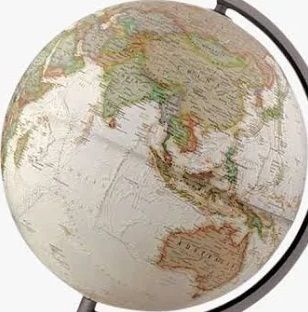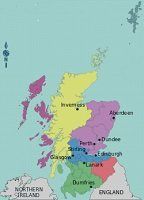And this imitation has now had a profound impact in two ways. On the one hand Topsport schools are now less popular because there are alternatives but on the other clubs find themselves investing from their own and not association funds substantial sums in young talent, which then, having developed further and faster, at sixteen or so moves on to larger clubs, not least in England, for amounts that do not necessarily repay the effort. There is a question-mark about how long they can afford to do it but in the the meantime there is a template for Lowland Scotland, with some of the pitfalls already apparent and with thought therefore avoidable. A young player's individual training account, on which an investment premium is then paid is one suggestion.“Every time we play a match we try to have 70% of possession. So it means if you are going to play with four defenders, you are going to put them at an early age in a comfortable situation. We are playing with three defenders at a lower age to put them in difficulty.”

And when you are done looking at this site for the Scots input on football world-wide, here are two more.
For those who literally want to trace on the ground the local development of Scots and Scottish football in our own and other countries there is the newly available and ever-expanding site of:
The Scots Football Historians' Group
And on Scottish sports history in general but inevitably including fitba', see Andy Mitchell's inestimable:
All written content on this page is the copyright of Iain Campbell Whittle 2018, 2019, 2020, 2021, 2022, 2023, 2024 & 2025.
If you individually or as an organisation of any type whatsoever wish to use any of the content of this site for any purpose, be sure to contact me PRIOR to doing so to discuss terms, which will be in the form of an agreed donation or donations to our Honesty Box above, The Scots Football Historians' Group or one or more of its appeals.

